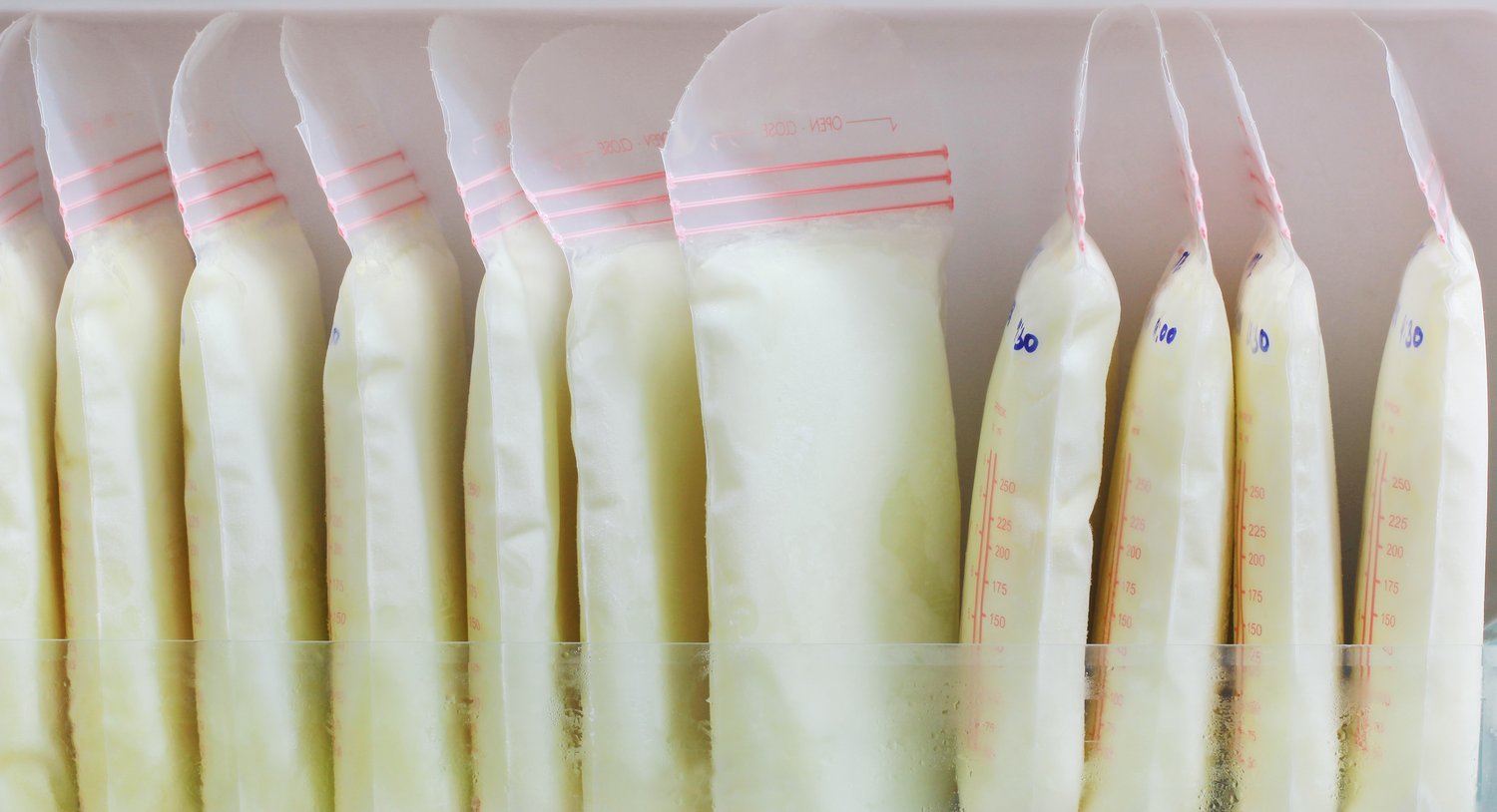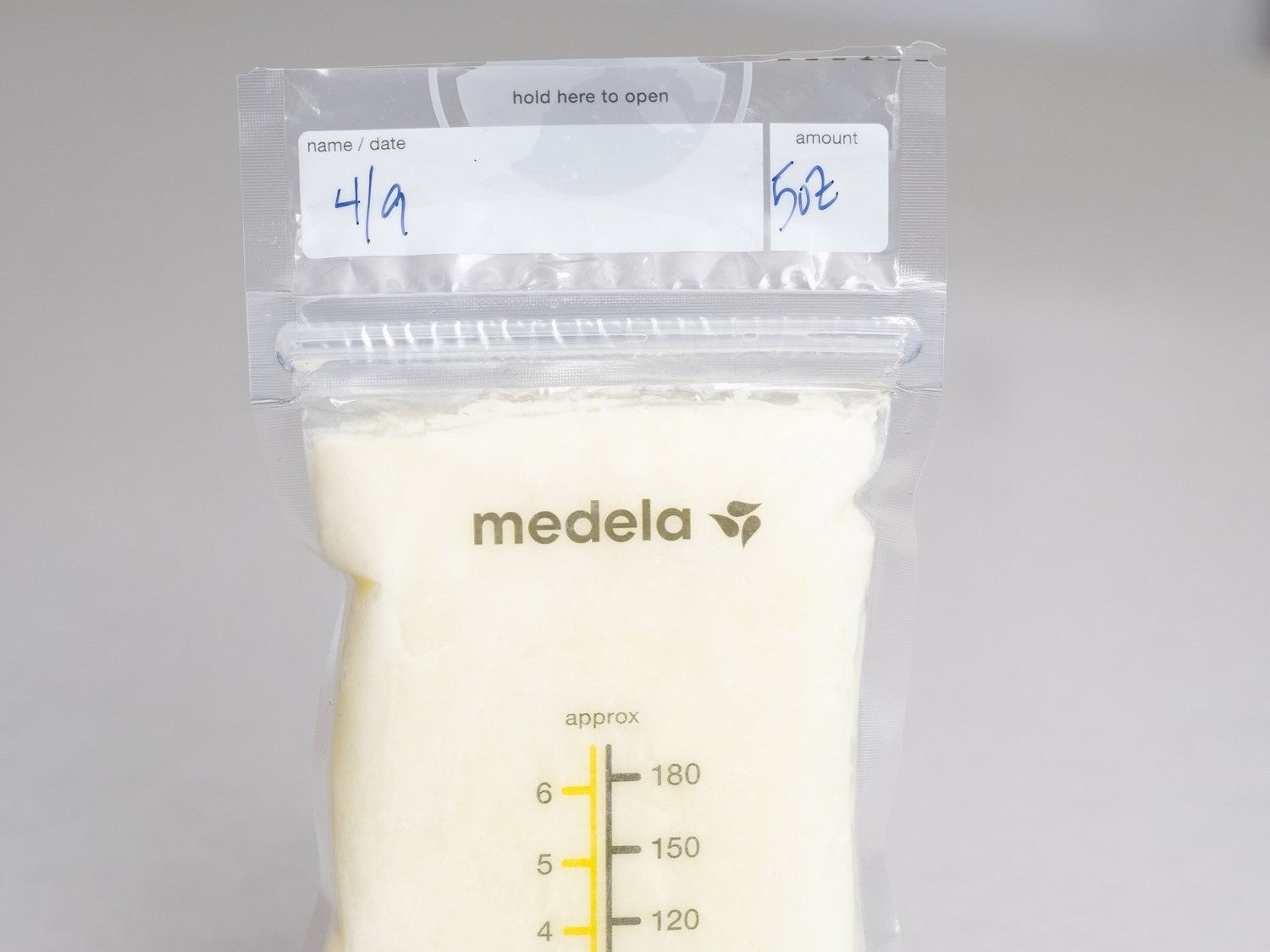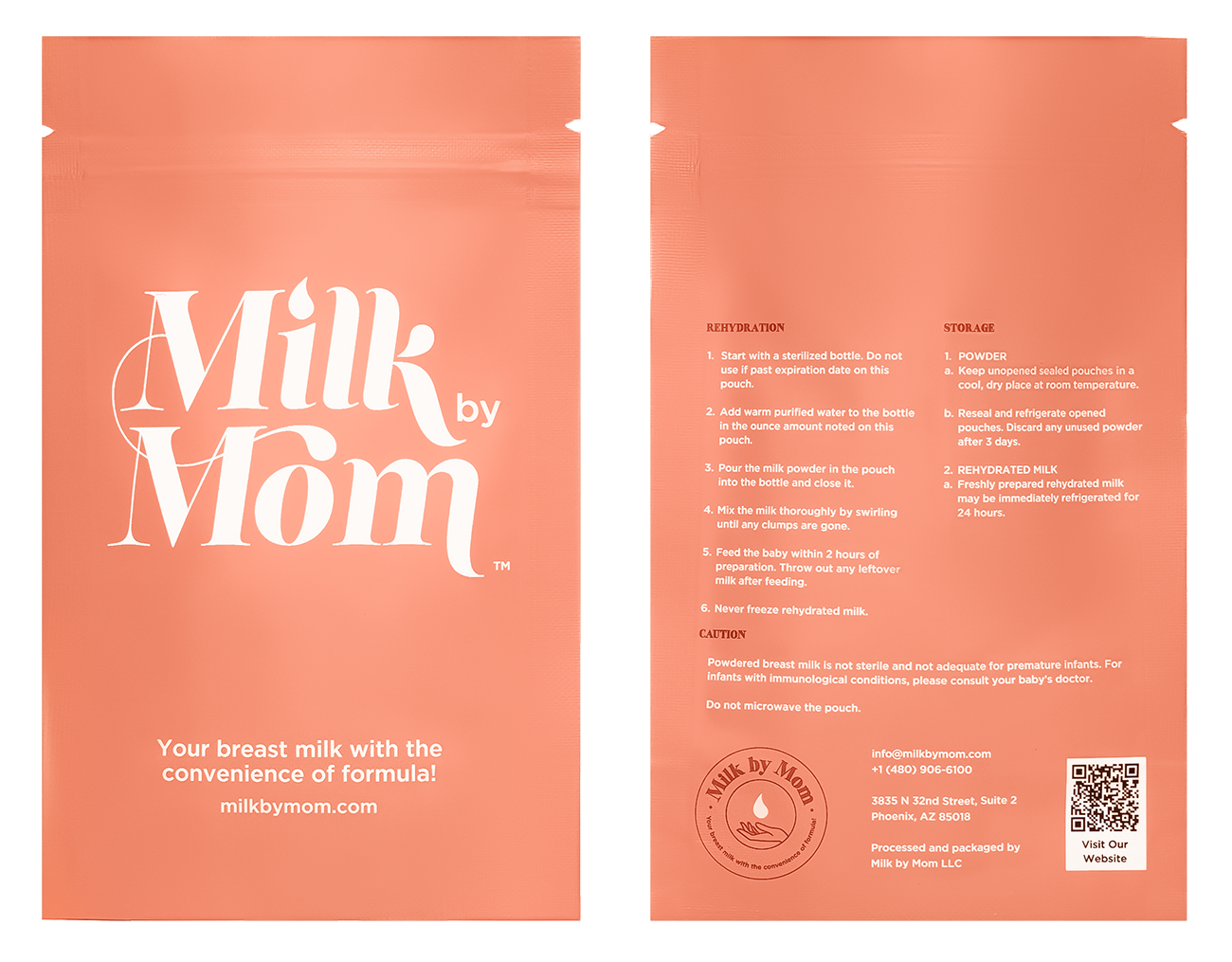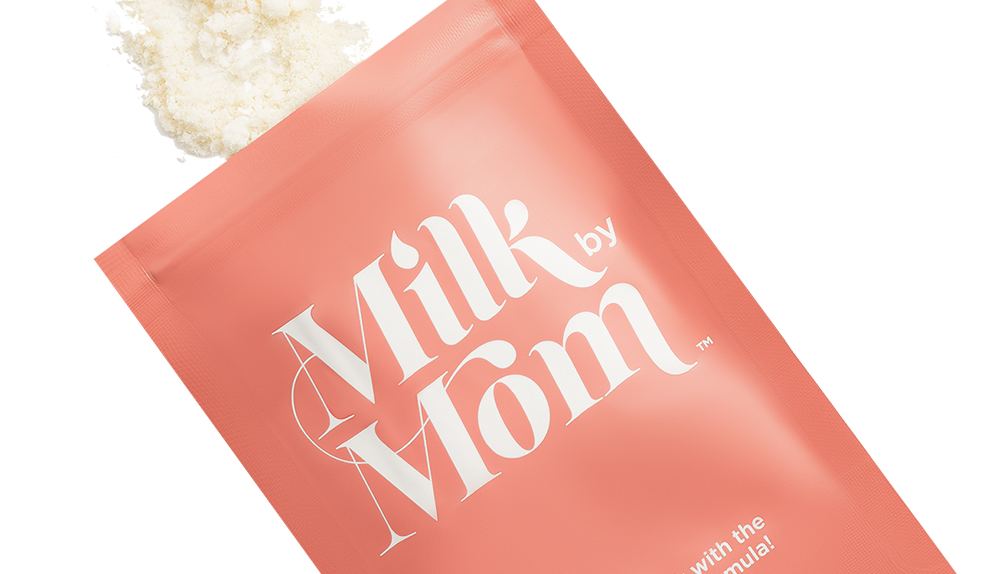
Nuestro proceso

Nuestro proceso
La liofilización es un proceso de cuatro pasos que elimina el agua de la leche materna congelada y la convierte en polvo.
1. Congelar
Su leche materna se congela a una temperatura muy baja (por debajo de 40 grados Fahrenheit).
2. Vacío
La presión reducida dentro de la cámara de liofilización crea un vacío profundo.
3. seco
(sublimación) Agregar una pequeña cantidad de calor elimina el agua de la leche congelada convirtiendo el hielo en vapor de agua.
4. Paquete
La leche materna en polvo está sellada al vacío en una bolsa de mylar para protegerla de la humedad, el oxígeno, los rayos UV y la contaminación.

Cuando recibimos su leche materna congelada, la pesamos, registramos la temperatura, la catalogamos en nuestro sistema y etiquetamos cada bolsa, incluidas las notas que incluiremos en la etiqueta final si elige un empaque bolsa por bolsa. La leche de cada cliente se procesa individualmente y nuestro equipo se desinfecta minuciosamente entre cada cliente y cada lote para evitar la contaminación cruzada.
A continuación, colocamos tu leche líquida congelada en un liofilizador que elimina el agua mediante un proceso conocido como sublimación. La sublimación preserva la calidad nutricional de la leche materna mejor que la deshidratación estándar cuando se convierte en polvo.
Una vez que se completa el proceso de liofilización, empaquetamos su leche materna en polvo en prácticas bolsas resellables. Usted decide si desea empaquetar su leche individualmente, bolsa por bolsa (4, 5, 6 oz) (o cualquier combinación de estos tamaños).
En sus bolsas se encuentran impresas instrucciones claras que describen cómo rehidratar la leche hasta obtener su consistencia original exacta. Su leche liofilizada tiene una vida útil de tres años con la fecha de vencimiento impresa en cada bolsa. Debe conservarse en un lugar fresco y seco a temperatura ambiente, sin necesidad de refrigeración. Una vez que reciba su leche materna liofilizada, úsela para preparar biberones o incorpórela a alimentos sólidos en cualquier momento para obtener un impulso nutricional.


Nos esforzamos por ser completamente transparentes con todos los detalles para asegurarnos de que usted confíe en nuestros servicios. Seguimos cuidadosamente un proceso estéril al manipular tu leche materna. La leche de ninguna mamá tocará jamás la de otra. Nuestro proceso e instalaciones cumplen con los estándares establecidos por los Centros para el Control y la Prevención de Enfermedades ( CDC ), la Asociación de Bancos de Leche Humana de América del Norte ( HMBANA ) y la Administración de Alimentos y Medicamentos de EE. UU. ( FDA ).

Al recibir su leche materna congelada, la pesamos, registramos la temperatura, la catalogamos en nuestro sistema y etiquetamos cada bolsa, incluyendo las notas que incluiremos en la etiqueta final si elige un empaque bolsa por bolsa. La leche de cada cliente se procesa individualmente y nuestro equipo se desinfecta minuciosamente entre cada cliente y cada lote para evitar la contaminación cruzada.
A continuación, colocamos la leche líquida congelada en un liofilizador que elimina el agua mediante un proceso conocido como sublimación. La sublimación preserva la calidad nutricional de la leche materna mejor que la deshidratación estándar al convertirla en polvo.

Una vez finalizado el proceso de liofilización, envasamos su leche materna en polvo en prácticas bolsas resellables. Usted decide si desea envasar su leche individualmente en bolsas de 113 g, 144 g y 177 g (o cualquier combinación de estos tamaños).
Las bolsas contienen instrucciones claras que explican cómo rehidratar la leche hasta alcanzar su consistencia original. La leche liofilizada tiene una vida útil de tres años, con la fecha de caducidad impresa en cada bolsa. Debe conservarse en un lugar fresco y seco a temperatura ambiente, sin necesidad de refrigeración. Una vez que reciba la leche materna liofilizada, úsela para preparar el biberón o incorpórela a alimentos sólidos en cualquier momento para obtener un aporte nutricional.

Nos esforzamos por ser completamente transparentes con todos los detalles para garantizar su confianza en nuestros servicios. Seguimos cuidadosamente un proceso de esterilización al manipular su leche materna. La leche de una madre jamás tocará la de otra. Nuestro proceso e instalaciones cumplen con los estándares establecidos por los Centros para el Control y la Prevención de Enfermedades ( CDC ), la Asociación de Bancos de Leche Humana de Norteamérica ( HMBANA ) y la Administración de Alimentos y Medicamentos de los Estados Unidos ( FDA ).
Artículos recientes
Ver todo-

Grateful for This Season of Motherhood
There’s something about this time of year that makes everything feel a little softer. The days slow down (even if your schedule doesn’t), the air shifts, and life quietly nudges...
Grateful for This Season of Motherhood
There’s something about this time of year that makes everything feel a little softer. The days slow down (even if your schedule doesn’t), the air shifts, and life quietly nudges...
-

Why Family-Focused Benefits Are Winning RFPs
Let’s be honest—most RFP responses start to blur together. When every broker talks about networks, deductibles, and cost-containment strategies, what really makes one stand out? The answer more often than...
Why Family-Focused Benefits Are Winning RFPs
Let’s be honest—most RFP responses start to blur together. When every broker talks about networks, deductibles, and cost-containment strategies, what really makes one stand out? The answer more often than...
-

How Long Does Freeze-Dried Breast Milk Last? Wh...
Breast milk is precious, but storing it shouldn’t feel like a full-time job. Between rotating freezer bags, tracking thaw times, and navigating spills or power outages, it can start to...
How Long Does Freeze-Dried Breast Milk Last? Wh...
Breast milk is precious, but storing it shouldn’t feel like a full-time job. Between rotating freezer bags, tracking thaw times, and navigating spills or power outages, it can start to...


